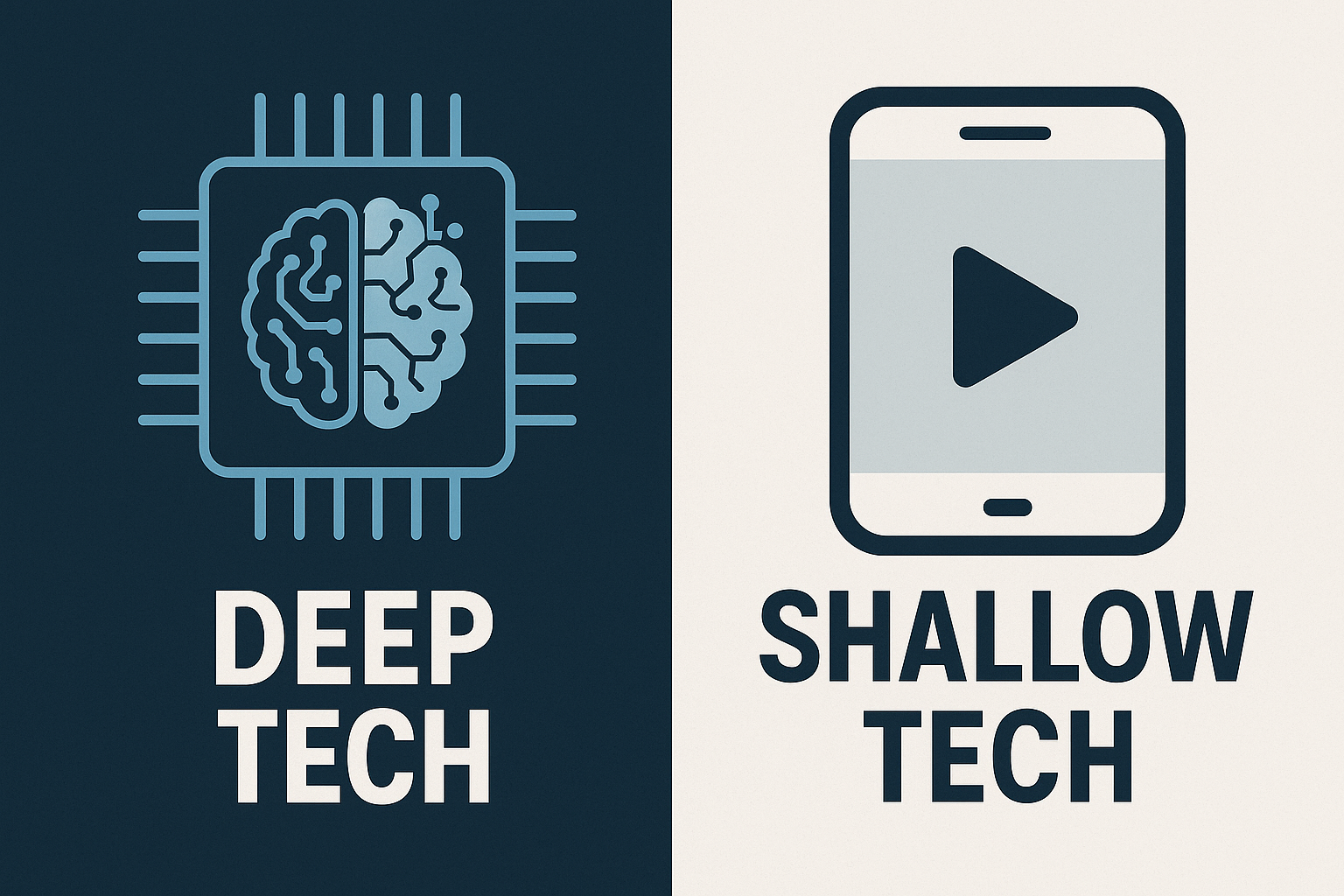AI and the energy transition are rewriting capitalism’s growth engine — not destroying it.
The Original Logic of Creative Destruction
When Joseph Schumpeter coined creative destruction in 1942, he captured capitalism’s most uncomfortable truth: progress is messy. Innovation kills industries as easily as it creates them. The steam engine destroyed the horse economy; the automobile disrupted rail; software crushed hardware margins.
But Schumpeter also saw this churn as the engine of growth. The entrepreneur’s role was not to manage efficiency but to disrupt equilibrium — to break what exists so something better could emerge. The question now is: does this logic still hold when technology doesn’t just disrupt but automates disruption itself?
AI Is Accelerating the Cycle — But Not the Chaos
In Schumpeter’s time, innovation followed industrial rhythms — decades-long cycles of invention, diffusion, and obsolescence. AI has compressed that timeline to years or even months. GPT models replace themselves within product lifespans; startups scale globally before regulators react.
Yet this isn’t pure destruction. AI’s creative force lies in recombination.
It doesn’t burn down industries — it fuses them. Banking becomes software. Healthcare becomes data. Manufacturing becomes intelligence. The new capitalist mode is continuous synthesis, where value migrates to the interfaces between once-separate systems.
In this “Creative Destruction 2.0,” the winners are not those who destroy markets, but those who redirect the flow of value faster than anyone else.
Energy Transition: From Extraction to Regeneration
Schumpeter’s model assumed scarcity: industries competed for finite resources and market share. But in the age of renewables, value is shifting from extraction to regeneration.
The energy transition is a new kind of innovation wave — one that builds more than it breaks. Wind and solar aren’t destroying oil in the same sense that cars destroyed horses; they’re restructuring the energy economy into a networked, modular, and intelligent grid.
In this model, innovation is cumulative. Each new layer — smart grids, batteries, AI optimization — adds resilience rather than replacing what came before. It’s creative destruction without the rubble.
Capitalism’s New Growth Engine
If Schumpeter were alive today, he might argue that capitalism’s evolutionary engine has mutated. The frontier isn’t the invention of new products, but the reinvention of entire systems — from transport to finance to energy.
This shift has three defining traits:
- Systemic Innovation: Platforms like OpenAI, Tesla, or Siemens Energy are not single products but evolving ecosystems. They compete by accelerating learning loops, not by monopolizing markets.
- Regenerative Capital: Investors are beginning to reward durability over disruption. Green funds, impact ventures, and circular models are reshaping what “growth” means.
- Intelligence as Infrastructure: Data, algorithms, and models now form the substrate of capitalism — the new roads, grids, and pipelines of value creation.
In short, creative destruction has become creative direction.
What This Means for Innovators and Policymakers
For innovators, the message is clear: stop romanticizing disruption. The most valuable companies of the next decade won’t just break systems; they’ll rebuild trust in them. AI and clean tech demand integration across industries — an economy of coordination, not chaos.
For policymakers, the challenge is to design frameworks that reward reinvention over redundancy. Tax incentives, education, and infrastructure must shift from protecting incumbents to accelerating system renewal.
This is no longer about managing decline; it’s about designing the future.
Looking Ahead
Schumpeter described capitalism as “a perennial gale of creative destruction.” Today that gale feels less like a storm and more like a directed wind — guided by data, energy, and intention. The new innovators don’t just destroy to create; they create to sustain.
The next decade will test whether capitalism can evolve from extraction to regeneration — from creative destruction to creative continuity.
Follow Tomorrowist for more insights on innovation, deep tech, and value creation.




